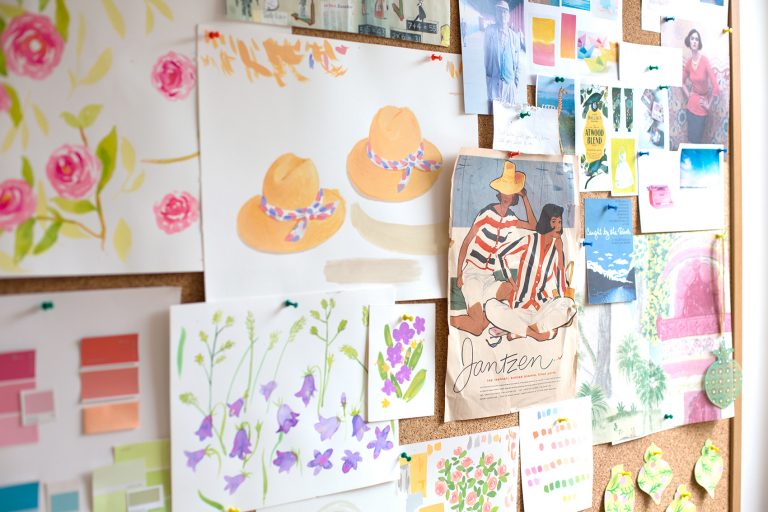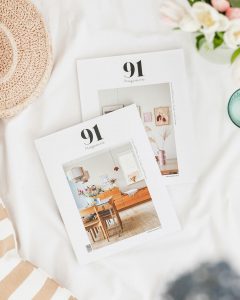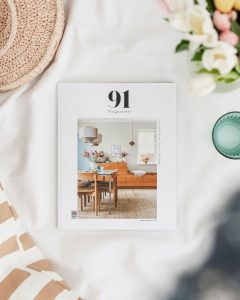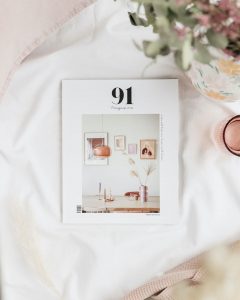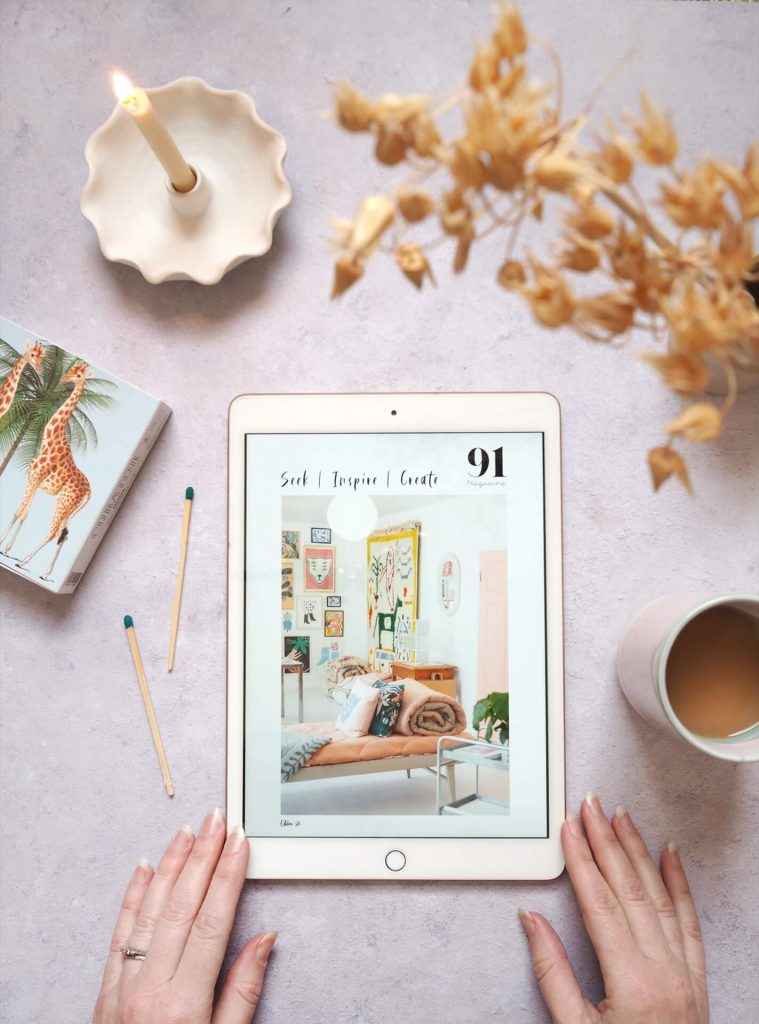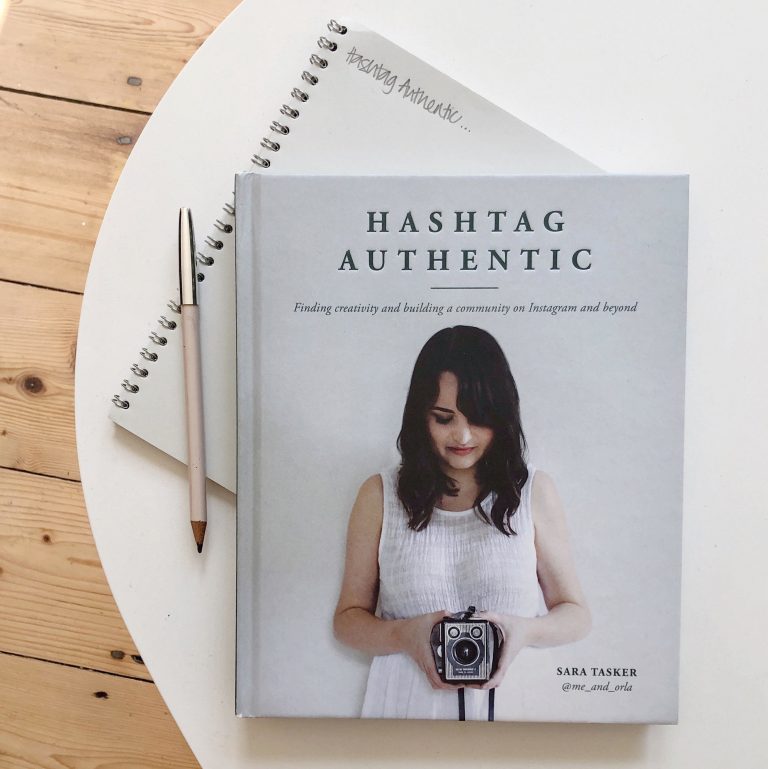Today we hand over the blog reins to Michelle Evans, designer, illustrator and founder of stationery brand Roxwell Press. Like so many of us, Michelle runs her creative business from home, and knows the challenges this can present. Today she shares with us her top tips for making your home environment work for you creatively and professionally. Over to you Michelle…
Running a creative business from home is a great way to avoid the costly overheads of studio space. But it’s easy to be distracted by housework instead of doing admin, or find it hard to wind down when there’s always a bit more you could do to finish that design project. You need space to create, store your tools and products, but you want your home to feel relaxing and uncluttered. Here are a few tips to help you find that balance:
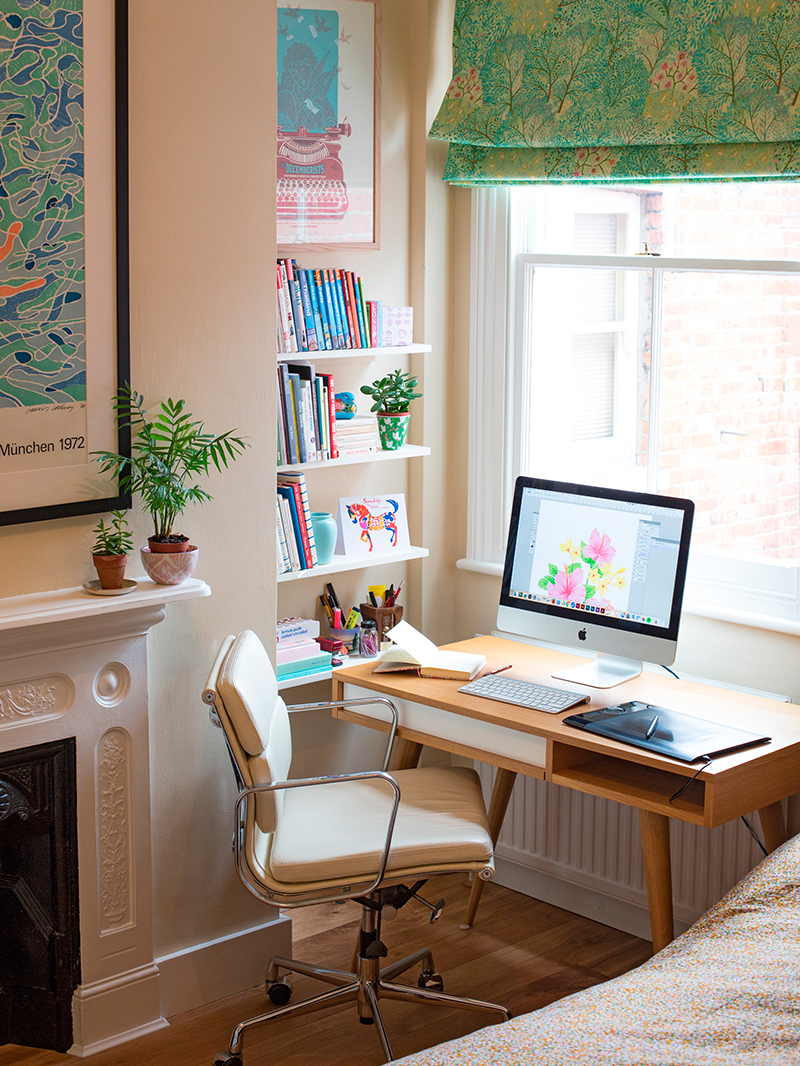
Define your creative space
Choose a space that doesn’t need clearing away at the end of each day, so you can really make it your own. A desk, corner of a room or a separate room if that’s possible, and if you need to work in a bedroom, have your desk facing away from the bed. I work on a mac in the corner of our spare room, and have created a little nook with inspiring books, pictures and objects that help put my mind into designing mode. The desk is fairly clear, which helps me focus while working but also makes it easy to transform the room into a welcoming place for guests, by putting away the keyboard and adding a little posy of flowers.
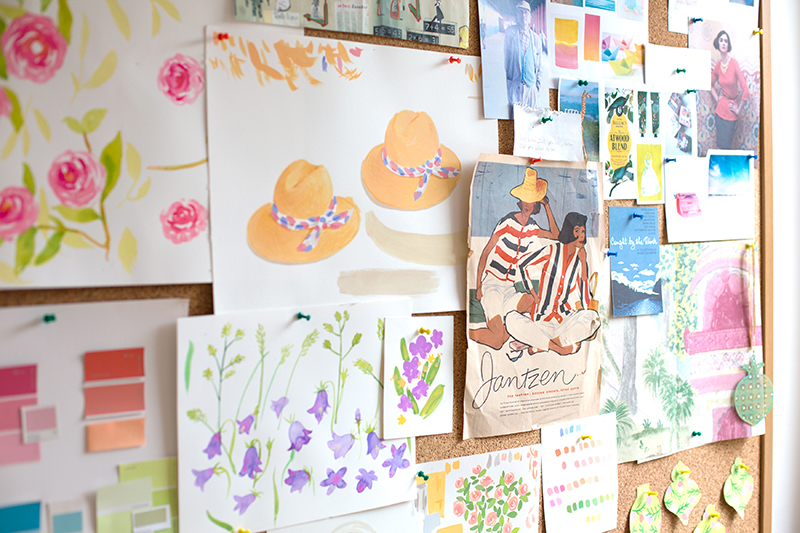
Immerse yourself in inspiration
Decorate your space so it inspires and excites you. Surround yourself with art books and objects, have a pin board with images you love and put it up by your desk. It’s great to visualise your creative business, especially when it’s operating within a domestic setting, so print out some pictures or collect images of how you want it to feel and look. In my painting studio at home, there’s an area on my pin board for colours and fonts I love, inspiring people, a beautiful wallpaper swatch. Looking at this daily helps to spark creative thought and acts as a trigger that I’m now at work.
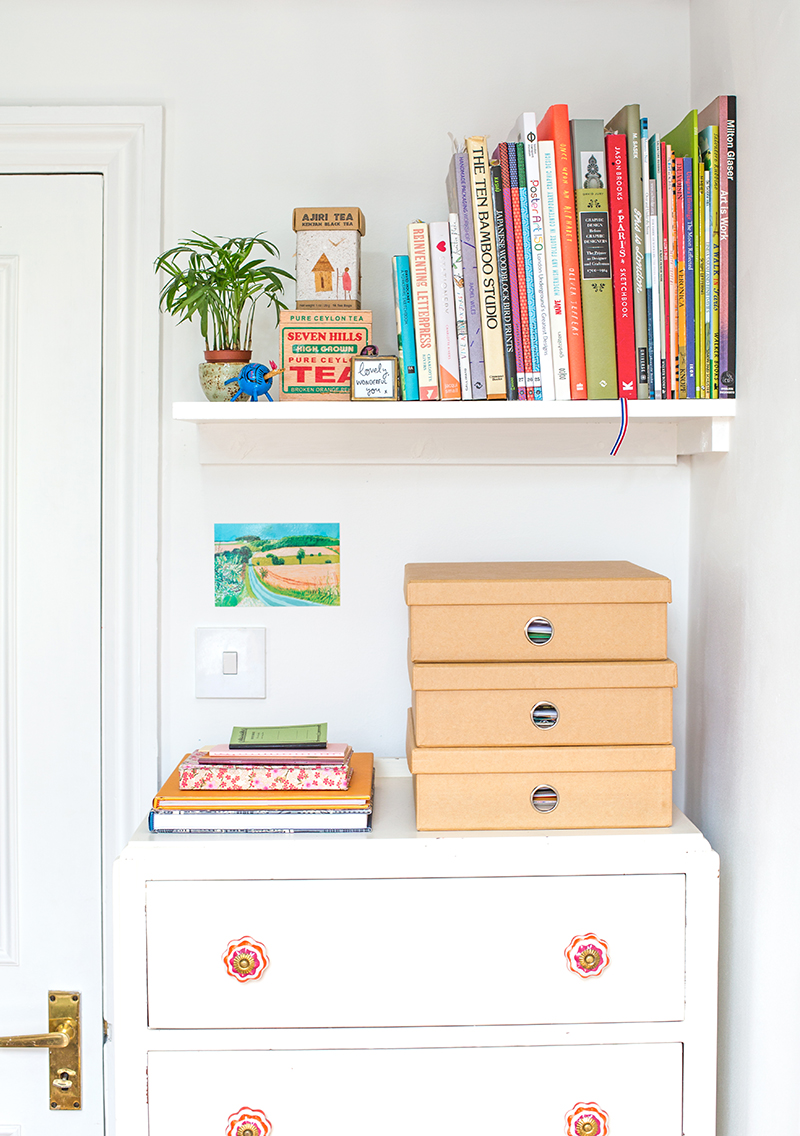
Be organized
Where possible, hide things away in drawers and cupboards and keep different parts of your materials, products and files separate. I have a cupboard for all admin and postal items, such as envelopes and accounts files, and store packaging in a drawer under our spare room bed. In my painting studio is a chest for all things creative – keeping papers, painting and photography in separate drawers.
Things like printers are not particularly attractive around the home and can be hidden away if not used frequently. I have a wireless printer which is kept in the cupboard and plugged in when needed. Try to stick to the designated areas, it helps to always know where to find something, and stops your home feeling cluttered, particularly if you have to be inventive with where you store things. Keeping your space as clear as possible gives the mind freedom to think and feel relaxed. It also helps the space still feel like a homely, calming environment.
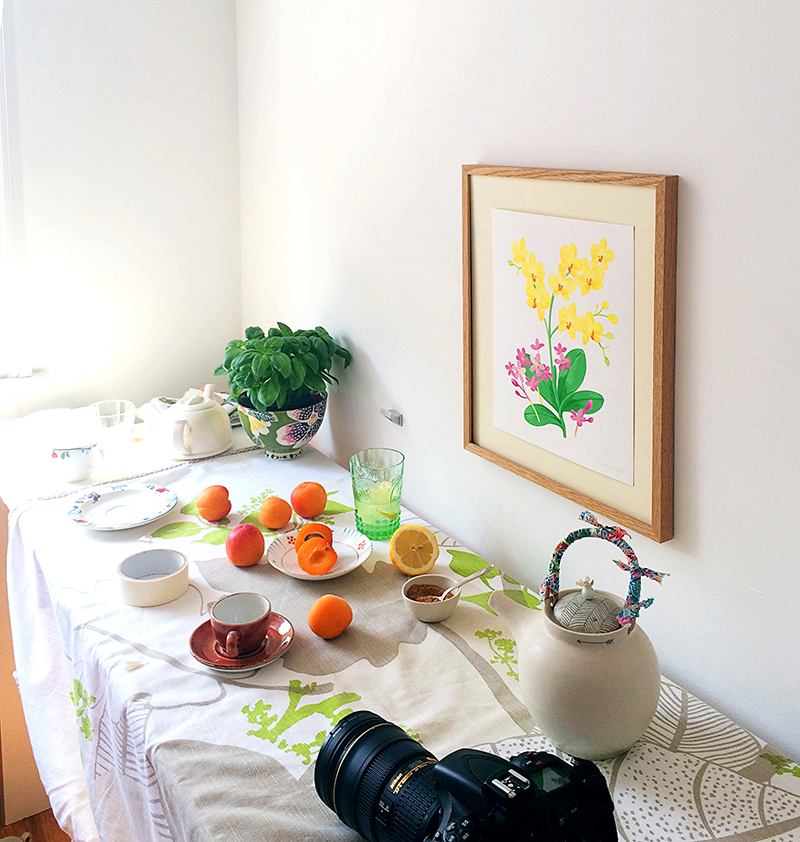
Your home as photography studio
Without a light filled studio space it may seem tricky to get good product shots at home. But you have the advantage of a ready made lifestyle setting, and blank background shots can easily be made with the help of painted boards. Daylight is perfect for creating a soft and natural looking lifestyle setting, so just create your scene in the area with the best light – in the Northern hemisphere it’s in the south facing position of your home. Move furniture around if you need, setting up as near to the window as possible. I recently created a kitchen scene in my painting studio, making use of its sunny position and white walls.
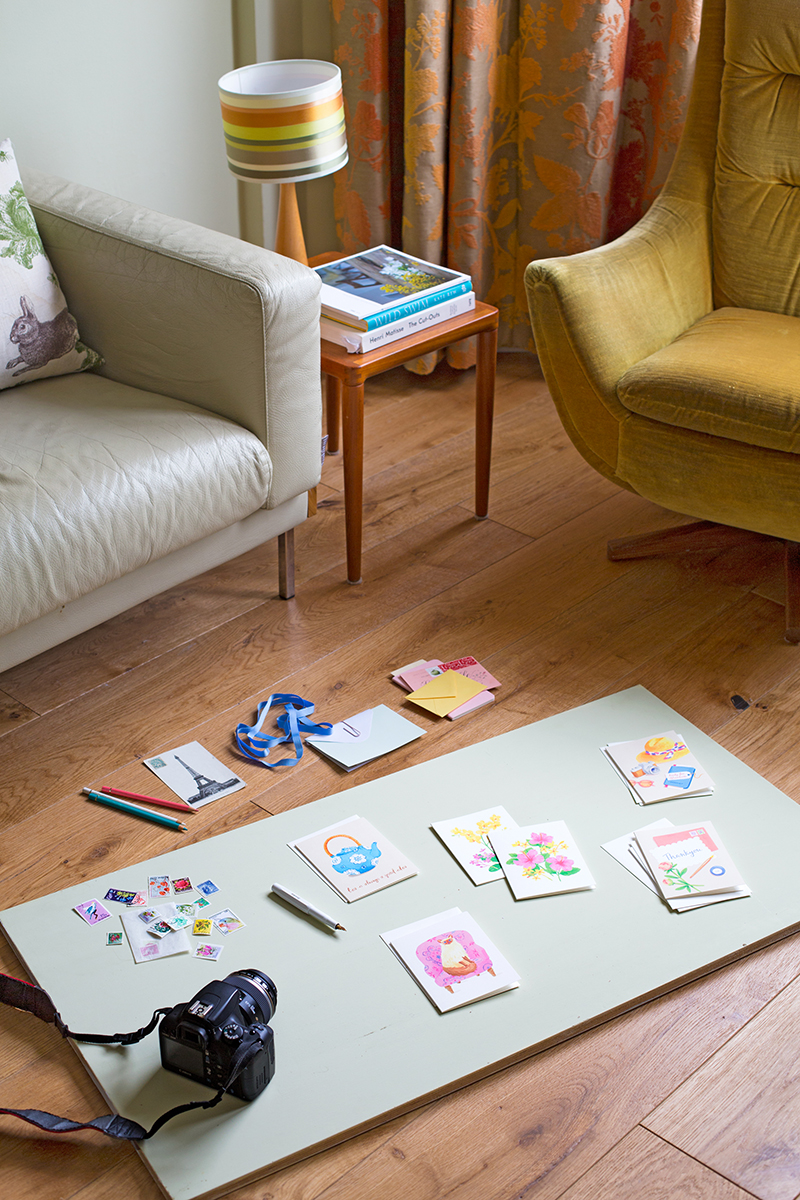
To help give continuity to your brand style, you can paint some boards to match the colours of the walls you’re using for lifestyle shots. I have a few different boards painted to match the walls, which I keep tucked away behind the fridge in the kitchen, so that I can easily bring them out for a flat lay shoot. It also means that if the light isn’t great, particularly in wintertime, you can take a board outside and get the best light available that day.
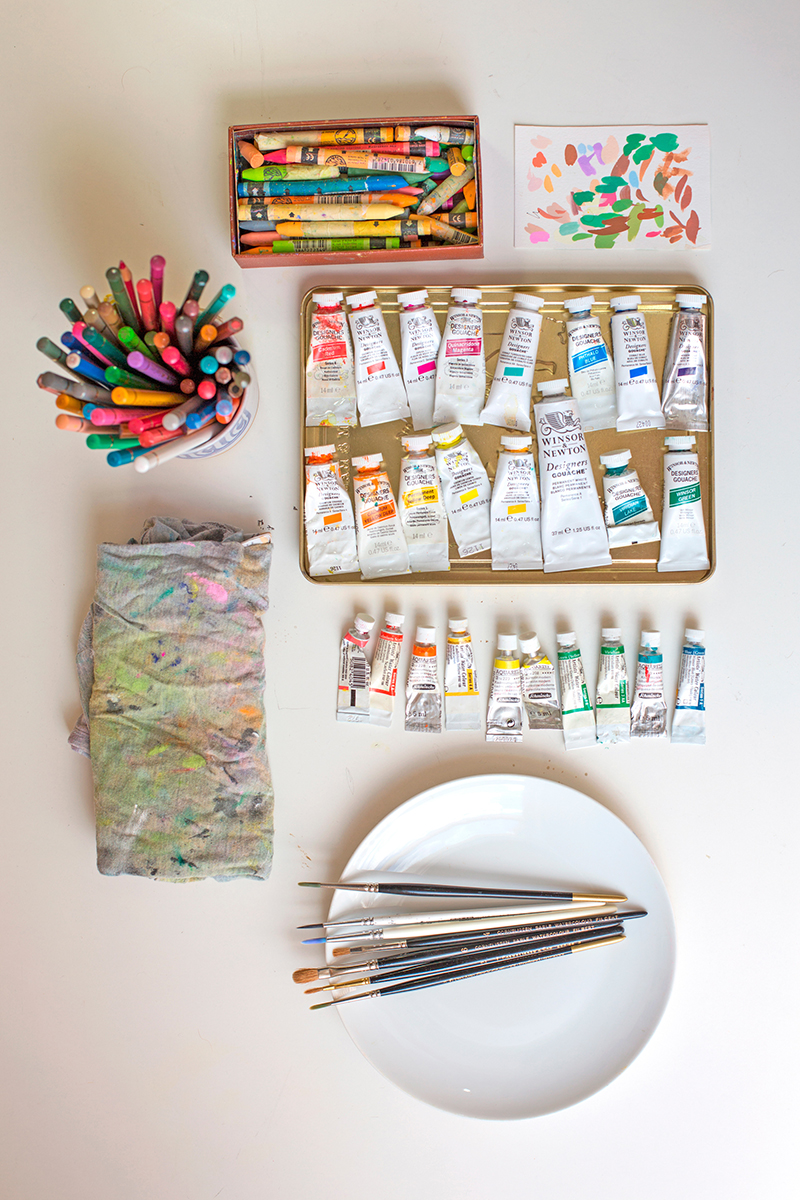
Have a routine
This is perhaps the most important of all, as it helps to define your day. Create a daily routine as if you were going out to work in an office/design studio. I keep fairly standard hours, starting around 9:30am and finishing at 7pm. I find exercise first thing in the morning keeps me focussed throughout the day, so will start the morning with a short meditation followed by a walk, cycle ride or swim. Movement gets the brain moving and going outside feels like you’ve left the house to go to work.
Take a proper break at lunchtime, make yourself a nice lunch and listen to the radio or read to take your mind off work for a while. It’s also important to take a short breaks throughout the day to have a quick stretch or make a cuppa, and you’ll find it helps productivity.
At the end of the day, tidy your desk and leave your workspace looking neat. This little ritual signifies the end of the work day, and helps give that feeling that you’re now in relax mode. You mentally draw a line under the day, and know that your work is done. It’s especially important if your work space is within your living area, as it’s hard for your mind to rest if it’s looking at an untidy pile of papers.
Thanks Michelle! So many great tips! See the results of Michelle’s home photo shoots and browse her gorgeous stationery at Roxwell Press.
